It’s hard – if not impossible – to succeed at content marketing without creating blog posts on a regular basis. Every successful blog is built on a solid foundation of content, but it’s consistency that’s the real key to successful search engine rank. According to HubSpot, marketers who are consistent with blogging are 13 times more likely to get a positive ROI.
For example, if I hadn’t been consistent with my strategy, you probably would never have heard of Quicksprout.com, let alone this blog. I wouldn’t have shown up in any search result.
The truth is that writing a compelling blog post that drives traffic and leads is no easy task. Sure, you can easily churn out 300 – 500-word generic blog posts that won’t impact any search query need, let alone grow your business – but I’m sure that’s not what you’re looking to create.
Blogging is an inbound marketing strategy that truly works. You can generate more qualified leads through blogging. Recent statistics reveal that marketers who blog consistently will acquire 126% more leads than those who do not.
No matter what industry you’re in, you can set up a WordPress blog and start creating high-quality content. But, to rank well in Google and drive leads to your business, you need more. You need a system that you can implement on a consistent basis that will help you build up your brand, reach your target audience and build your search engine ranking.
In this in-depth guide, I’m going to show you the step-by-step process that I personally use to create my blog posts. The process is basically the same for any kind of blog post, no matter how long or short it is – although it obviously takes more time to write a 2,000+ word blog post than one that’s only 1,000 words but the longer post gets a better search engine rank.
Step #1: Understand the Anatomy of Top 10 Blog Posts
Blogging has helped a lot of people to build profitable businesses. Industry experts, like Guy Kawasaki, Dan Kennedy, Rand Fishkin, Brian Clark and many others have embraced blogging and succeeded.
They have come to understand that all blog posts are not created equal. A well-planned blog post could go viral and drive thousands of referral visitors to your blog though you can still get solid search engine ranking with systematic quality blogging.
To me, the underlying philosophy of blogging has to be rooted in a commitment to giving massive value. I’ve seen the impact of this approach when writing content, no matter what topic or industry the content concerns.
Since 2007, I’ve invested heavily in creating this kind of in-depth, high quality content, while following a proven plan. Initially, I didn’t get huge organic results. But, over time, traffic grew – in one month, I generated 262,169 search visitors.
Sure, targeting long-tail keywords contributed immensely to that search result. But, the real key to that success was a strategic blogging plan that I followed consistently. This is a good representation of the blog post structure, or anatomy, that I use for my content:
For each post, I made sure to identify what my readers want to read and to define the problem that they want to solve. Additionally, I challenge myself to always produce quality content. That should be your #1 priority; search engine ranking will follow.
Step #2: Understand the Proven Blog Post On-Page SEO Process
According to Search Engine Journal, 70 – 80% of users ignore paid search, focusing solely on organic results. When done correctly, on-page SEO can powerfully improve your site’s search result performance.
Learning how to do SEO like a pro will eventually pay off in more direct ways, too. One B2C company saw a 42.4% revenue increase when they started driving more organic customers to their site.
The process of laying out your page, structuring your content and optimizing the various elements of the page is what ‘on-page seo’ is all about. It concerns both the content of individual pages as well as the HTML. The purpose of on-page SEO is to help pages rank higher and drive the right traffic from search engines.
One of the core concepts behind current SEO best practices is improving the user experience. When it comes to optimizing your individual web pages, the user comes first.
From the chart on the right below, you’ll notice that three on-page SEO factors stand out in particular: depth & value of content (15%), use/repetition of primary keyword (40%) and page user experience (30%).
Using your keywords in a natural way in your post isn’t a bad SEO practice. But, don’t overdo it: that’s “keyword stuffing” and it could very well get you penalized by search engines.
Let’s talk more about keyword research, headline writing and how to prepare a blog post that will likely rank in Google’s top 10 results:
Keyword research: An important step in on-page search engine optimization, keyword research tells you what your target audience is searching for and what their intention is – i.e., comparison shopping, just browsing, ready to purchase, etc. Their search query is your often starting point.
When researching keywords, your objective is to metaphorically look over the user’s shoulder and see things from their perspective. That’s the quickest way to create blog posts that are relevant and timely.
Say you write about angel investors on your blog and you want to create a blog post that would rank highly for that topic. Here’s how to find long-tail keywords that you can use to optimize your page:
Step #1: Go to Ubersuggest. Plug the main keyword (e.g., angel investor) into the search box. Click “Search.”
Step #2: Click “Keyword Ideas” in the Left Sidebar
Step #3: Review the Results
Now that you’ve found the keywords to target, include them in your headlines:
- Angel Investor Network – 5 Simple Steps to Find Investors
- Angel Investors List – Top 35 List of Angel Investors You Need to Know
- 20 Top Angel Investor Websites You Should Definitely Check Out
Once you’ve included the keyword in your headline, the next step is to optimize your post with it. However, this time you’re going to make sure the keyword doesn’t disrupt the user or appear stuffed or unnatural in any way.
You will also use the keyword in your meta title or meta tag to help the search engine better categorize your post based on consumer search query phrases.
When doing on-page optimization, you want to pay attention to these elements of your page and communicate your topic to your audience – and to Google – in these sections:
- Title tag
- Meta tag
- Content of page
- URL
- Image alt text
Here’s a typical example of a good on-page best practices page, as presented by Moz:
Bottom line: Optimize within reason, but always at the service of the user. Your job is to write a blog post that will solve the user’s problem or answer the user’s question. This is referred to as search user optimization – the new SEO.
Step #3: Create Blog Posts Full of Practical Value
For your blog posts to truly deliver value, you’ve got to make them practical. Remember that your readers are tired of reading generic blog posts. They want something useful and relevant – a post that will not only answer their questions but nudge and inspire them to implement what they read.
One tactic used by successful bloggers, to ensure their posts address the right topics on a consistent basis, is the editorial calendar. This tool enables them to keep their blog stocked with valuable posts, even when they’re not present to run the blog for a period of time.
Your blog post has to be high-quality (I can’t say that enough). According to Social Media Examiner’s report, over half of all marketers agree that unique and useful content is the most vital type of content.
Obviously, the more unique and actionable blog posts that you’re able to create on a consistent basis, the more power your blog has to pull in traffic. This then further increases your search traffic, community engagement levels, and leads.
Ranking in Google’s top 10 almost certainly won’t happen overnight. But, with time and consistent effort, you’ll see a huge improvement in your search rankings.
In writing your blog posts, adopt a plan, a written strategy and use it consistently – similar to the way that you would go about writing a full-length book.
Don’t try to reinvent the wheel. Learn from what works for others in your field and you’ll increase both your organic search and referral traffic in 90 days.
Start with a strong introduction: Book authors understand that the preface, foreword, and introduction are important pages that can’t be ignored. The same is true for blog posts, so learn to make your introductions stronger to be relevant to consumer search query phrases.
The conclusion is equally essential, as it wraps up the idea that you introduced at the beginning of the post. Together, the introduction and conclusion form the ends of the bridge that propel your reader from Point A to Point B.
Remember the old saying: “You never get a second chance to make a first impression?” Your opening paragraph is your chance to draw readers further into your post. It usually asserts a point or thesis that hooks the reader and makes them want to read more.
Here are few things a good introduction should do:
- Warm up the reader and inform them what benefit they’ll get from the post
- Make a thesis (give a statement that summarizes what the blog post is about)
- Restate the problem or solution that was in the headline, to show the reader you really do understand their problem
The purpose of a good introduction is to stimulate the reader’s interest. As readers stay on your content longer, the search engine rank improves. One mistake I see a lot of bloggers making is to try to answer the question that was stated in the headline, without first restating the problem.
While it’s true that you shouldn’t spend too much time on the introduction, you also shouldn’t be too hasty here. Just like your headline, your post introduction determines your content’s performance to a large extent, especially when you target long-tail keywords in this section.
Depending on your topic or industry, an introduction can engage the reader in several distinct ways:
- Ask a question
- Show statistical results
- Make a comparison
- Identify a debate
- Clearly explain a situation
- Describe the current problem
- Quote an expert or authority
- Cite a typical example
Let’s explain a few of these tactics, with examples:
i). Ask a question: In his book, The Art of Asking, Ask Better Questions, Get Better Answers, Terry J. Fadem says that asking questions can breathe new life into an endeavor and that the right questions will help you get straight, useful answers from an evasive audience.
Follow the same approach when writing a blog post, particularly in your introduction. Use the right questions to engage your audience and motivate them to read further.
Avoid obvious questions like “do you want blog traffic?” or “how can you become a writer?” When you ask an obvious question in your introduction, according to Julie Neidlinger, you’re actually telling the reader, “yes, this is the post you’re looking for, but I don’t know how to start it.” You are matching their search query before they ever type it.
Instead, ask questions that create a discussion in the comments section.
Specific, compelling questions build up interest and persuade readers to read more. A good example is Ali Luke’s introduction on Zen Optimize:
Popular web design blogs also tend to write question-based introductions. Here’s how a recent post was introduced at 1stWebDesigner.com:
Personally, I’ve found that each time I start my post introduction with a specific and thought-provoking question, I engage my readers more. Questions draw readers into the post and keep them engaged until they find the answer to that question.
Here’s one final example, from Brian Clark, that’s compelling and highly engaging:
ii). Show statistical results: Data-driven blog posts will always attract the most targeted blog readers. Start your introduction by stating data and the results that you got from conducting market research and experiments.
For example, if you targeted long-tail keywords and improved your blog’s rankings, as a result, show those facts in your introduction.
On average, people will only read about 18% of your blog post, due to short attention spans. So, if you state a great result outright and the reader keeps reading, then you know that this is a targeted reader, not a casual visitor. You’re more likely to convert that kind of reader into a loyal fan.
You can see how I did this, in a recent blog post, where I quickly summed up my results for an ongoing challenge. The post garnered over 200 comments in less than 24 hours.
Peep Laja, the founder of ConversionXL, occasionally uses the data statement strategy as well:
Another blogger who sums up data in his introductions is Brian Dean, founder of Backlinko:
Google wants to know what happens to your visitors when they visit your site. It wants to know how users moved from one page to the other, how much time they spent reading your post and whether they visited again or abandoned your site for your competitors. Your search engine ranking will be evaluated, in part, by this data, that also includes the bounce rate, social media posts, and conversion data.
Writing a data-driven introduction for your posts helps to ensure that the visitors who keep reading and stay on your site are actually the readers that you’re targeting. That impresses Google.
iii). Clearly explain a situation: You can also write a blog post introduction that restates the problem addressed by the headline that matches a user search query. Clarity helps you here and reassures readers that you know what they’re struggling with.
This is one of the most popular methods used in writing introductions because it’s relatively easy and there’s no need to be “clever” or terribly creative. It’s the equivalent of those “how-to” headlines that continue to deliver great results for both sales copy and online courses.
Your meta description should match the fulfillment of the search query to best optimize your search engine rank.
If you don’t have data to share or a specific question to ask, do a brilliant job at explaining what the current situation is. Here’s how Marie Forleo wrote her recent blog post introduction:
David Risley, the founder of Blogmarketingacademy.com, clearly explained the situation with most blogs in his recent post. His introduction, together with his use of cognitive visual assets, make his posts enticing to read:
Remember that when writing your headline and introduction, you want to create a conversation. In reality, it’s actually easy to accomplish, especially when you understand your target blog readers.
That’s when you can easily put yourself in their shoes, make a promise in your introduction and, by using the KISS principle, you’ll be able to write a useful blog post that will dazzle your readers and get search results.
Step #4: Use the AIDA Model to Captivate Your Audience
You’ve probably been introduced to the AIDA model for marketing. It’s not new – it’s been around for years, in fact – but it pretty accurately reflects the marketer’s series of tasks, when trying to persuade a prospect to buy.
AIDA is also an effective model for writing persuasive and engaging blog posts. And, of course, the more engaging and persuasive your posts are, the better their chances of achieving Google’s top ten search engine ranking.
AIDA is an acronym for:
A – Attention
I – Interest
D – Desire
A – Action
Jason Demers noted, in his post for Forbes, that using the AIDA formula will increase your conversions and guide consumers along the experience funnel. Basically, what you want to do is to attract attention, create interest, increase desire and then finally call the reader to action. That reduces bounce rate.
i). Attention: Grabbing the reader’s attention is crucial if you want to win their trust. It’s the first step that you have to take when building relationships with potential customers. Part of your job here is to nail the meta title with organic keyword phrases.
If you’re a content marketer, blogger or online business entrepreneur, you’re the CEO of your business. No matter what you actually sell – products or services – your primary responsibility is to solve your readers’ problems. Start by attracting attention with your post headlines to improve search engine rank. They have something that needs to be solved in their search query – solve it.
The headline is so critical that 73% of buying decisions are made at the point where readers come in contact with it. And, 8 out of 10 people will read your headline, if you make it powerful and relevant to them.
Search Google for any internet marketing topic that you can think of and you’ll likely see catchy headlines nudging you to click them.
Without a doubt, the headlines of these top-ranked pages are part of why they rank so well for the keyword “grow blog audience.” So, instead of wracking your brain, why not model these instead?
Let’s quickly create three unique and compelling headlines that will attract search clicks as your page moves up Google’s ranked list of results:
- 15 Ways to Grow Your Blog Audience Using My Guest Blogging Strategy
- How to Grow a Blog Audience to 10,000 in 5 Months (Step-by-Step Guide)
- Do You Want to Grow Your Blog Audience? This 3-Step Formula Will Help!
One blog post headline that drew my attention today was written by Dvora Goldstein. Notice how attractive it is and how she played with power words in the headline:
One other element that made the headline attention-grabbing is the odd number included in it. Several research studies have shown that headlines with numbers generate 36% more engagement, on average than headlines without numbers.
Furthermore, this research shows that odd numbers will get 22% more clicks than even numbers, improving search engine ranking. In a nutshell, if you want to attract more visitors, put odd numbers in your headlines.
ii). Interest: The second letter in AIDA stands for “interest.” In your blog post, you’ve got to build interest.
Copywriters normally use the sub-headline to further explain the headline and the copy that follows, in order to stimulate the reader’s interest.
But, you should also use the subheadings to drive home the benefits that people will get from reading your content.
Smart bloggers don’t wait for readers to discover their posts in a search query before educating or giving them a reason to stay. They use subtitles.
A typical example is Pat Flynn’s smartpassiveincome.com landing page:
Once you’re able to clearly restate and expand on what you promised in the headline, you’ll build your reader’s interest in your site content. Here’s another example, from a blog post at Dtelepathy.com:
iii). Build strong desire: You can’t get your blog posts shared on social media if the desire is not there. The best way to build strong desire in your post is to use bullet points. In fact, a bulleted list can be the copywriter’s best friend to build search engine rank. Most persuasive copy, whether on the web or in print, will contain bullet points.
But, if you want your bullet points to effectively ignite your reader’s passion, don’t overdo the bullet points. Limit their options – 3 to 7 points is ideal. This helps with social media shares where people have a shorter attention span.
Experiments conducted by two University of Washington academics, Sheena S. Iyengar and Mark R. Lepper, found that people are more likely to make a choice when those choices are limited.
Whether the choice is to purchase gourmet jams or chocolates or to undertake optional essay assignments, more people made a choice when presented with a limited array of 6 choices, rather than a more extensive array of 24 or 30 choices.
What’s more, those participants reported a greater satisfaction than those who faced the greater number of choices. It just goes to show: More choice isn’t always a good thing.
When I write a post, I like to break down complicated topics or facts into a simpler structure and form in my site content. That’s easier to do – and also easier for the reader to understand – when presented in bulleted format:
You may prefer using ordered or numbered lists, as opposed to bullets. That’s fine – it works just as well. That’s what Michael Hyatt did with a recent post:
iv). Call-to-action: According to Statistic Brain, the human attention span is 8 seconds, which is 1 second shorter than a goldfish. Possibly as a result of that startling fact, only 4% of page views hold readers for 10 minutes or more.
What does this mean for your blog posts? It means that you need to call your readers to action as clearly and as quickly as possible. You can’t wait until you get to the conclusion.
If you’ve succeeded in getting the right person to click your blog post headline, read the all-important first line and scroll down to read further, don’t lose them.
The call-to-action (CTA) is all about explicitly asking readers to do a particular thing. You’re giving them a new way to learn more what they presented a search query for. A CTA tells the reader the next action to take via the site content. It’s the next step.
Of course, you may not want to ask readers to buy products immediately after reading your posts – they may not quite be ready for that level of commitment. But, you can ask them to subscribe to your list, share your post or leave a comment. This will all help your search engine ranking.
The challenge is how to drive the message home without annoying your reader. There is no need to shout your CTA or use manipulation or tricks. As long as you give value, people will respond.
Most SaaS companies use a free trial period as their call-to-action because they want to get people in and show them the benefits of their product before asking for their money. An example is Getresponse:
If you run an ecommerce site, offering discounts and coupon codes are effective ways to structure your call-to-action site content. Discounts aren’t only for online stores and Amazon anymore – authors, bloggers, public speakers, and marketers can use them to sell their products, too.
Just recently, Seth Godin wrote a blog post in which he offered his readers a 40% discount if they bought his freelance course immediately:
Every serious marketer has a call-to-action strategy that works for them and helps them build the most engagement with their blog posts so that they can attract more clients and improve social signals – which in turn improves search rankings.
On my consulting page, I use a different kind of call-to-action. I don’t ask potential clients to fill out my contact form, email me or book a free strategy session, the way most content marketers and digital consultants do. Rather, I simply ask for their blog URL and help them analyze their site content. Then, I’ll show them why they’re not getting enough search traffic and how to improve their search engine ranking.
Step #5: Building Inbound Links to Your Blog Posts
Link building is the spine of SEO – it’s what supports every other optimization tactic and strategy. You can’t just ignore it. Despite all of the new Google algorithm updates that we’ve seen, trusted and quality incoming links still dictate 20.94% of what ranks and what doesn’t.
Most bloggers are challenged by earning or building links to their post pages. Yet, an effective site content marketing campaign is expected to generate trusted links.
When the right links and useful content meet, the result is a significant increase in search rankings.
Even if you’re not struggling to write and publish blog posts consistently, getting other bloggers to link to those posts isn’t easy – but it’s definitely worthwhile. When done correctly, external link building will boost your rankings fairly quickly. That’s the reason why 59% of SEOs do it.
Here are some proven ways to build or earn a high-quality link to your blog post:
1). Use the broken link strategy: “Broken links” no longer pass any value to the page. They usually redirect to a 404 page.
A broken link is dead and useless. Unless it’s fixed or replaced, excessive broken links could harm the site’s search engine rank.
And, that’s your opportunity. If you’ve written a relevant blog post, you can find links that are no longer active on other blogs and request to have your own link there instead.
So, let’s find broken links in a few simple steps:
Step #1: Go to brokenlinkcheck.com. On the homepage, plug in the URL for the site that you’d like to have your link on. For example, right now I want to get a link to my blog post from mindtools.com:
Step #2: Analyze your results. The software will probably check only distinct 404 pages that are broken. But, while it’s still processing, you can easily analyze some results for link building opportunities to improve site content:
Better yet, you could find a web page that lists several sites or resources similar to your own blog post, but which contains broken links. That’s your opportunity to get your links there, in place of a broken one.
For example, if you want links on a blogging related blog, you could just go to Google and plug in any of these search strings:
- blogging resources and links
- blogging + resources
- blogging + link roundup
When I searched with the first string, here were my results:
Next, I clicked on the 5th search query result, because getting a link on their resources page might be easier:
Next, let’s check for broken links. Just copy the exact URL and paste it into small SEO site tools:
From the screenshot above, you can see that you’ve got a couple opportunities to get a link from the resources page.
Step #3: Launch an outreach campaign. Contact the blog owners and notify them about the dead link. You can use this email template:
Note: When you’re contacting someone for the first time, address the blogger or site owner by their name (preferably their first name). If you don’t know their names, a simple Google search will reveal their Twitter account or Facebook page. Or, you can visit the “about” page through their site content.
Focus on building authority links in a natural way. Apart from the above link building strategy, you can leverage targeted guest blogging. Also, repurpose your content and distribute it on other platforms like docstoc, scribd.com, Slideshare.net and so on.
The more that you’re able to spread your reach to the right blogs with great domain authority, the more valuable link juice you’ll pass onto your blog pages, thus improving your chances of ranking in Google’s top 10 search engine ranking.
Conclusion
Maybe you’ve been working hard to improve search results, but haven’t been actively promoting your blog posts. I think you should give it a try. That’s why it’s called “content marketing” and not just “content.” Start working smarter, not harder with your site content.
A renowned blogger once said that if you want to gain huge traction with your blog posts, spend 20% of your time writing and 80% marketing and promoting your writing. This is where search engine ranking results come from.
The ironic reality is that if you stop focusing so much on ranking in Google’s top 10 and instead focus on the user while targeting more long-tail keywords, you’ll notice a huge boost in organic search traffic and rankings. This is because Google is passionate about users and will reward a good user experience.
Have you been promoting your blog posts? What strategies did you employ that I didn’t mention in this guide?


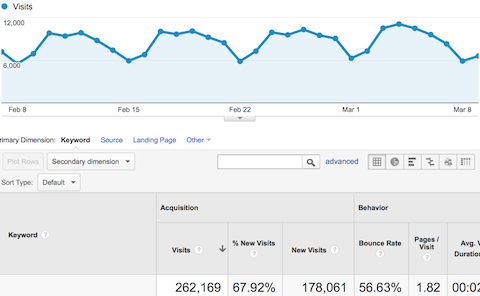


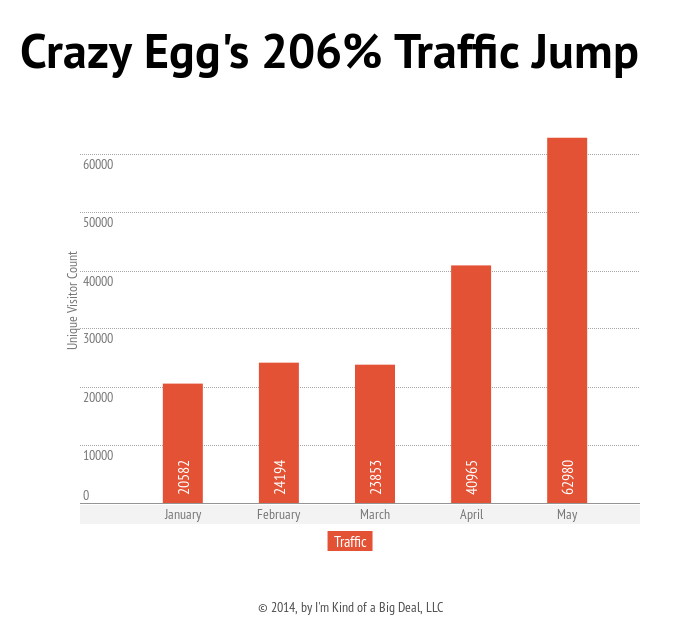

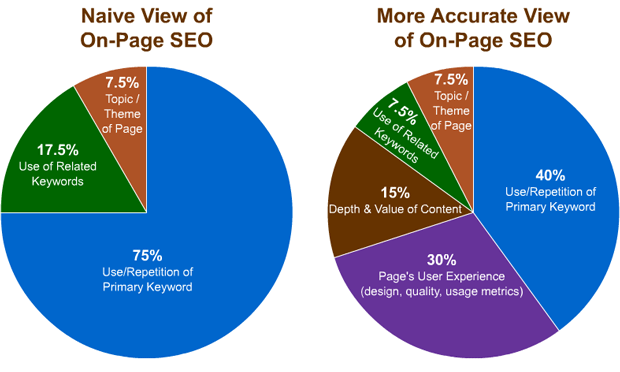




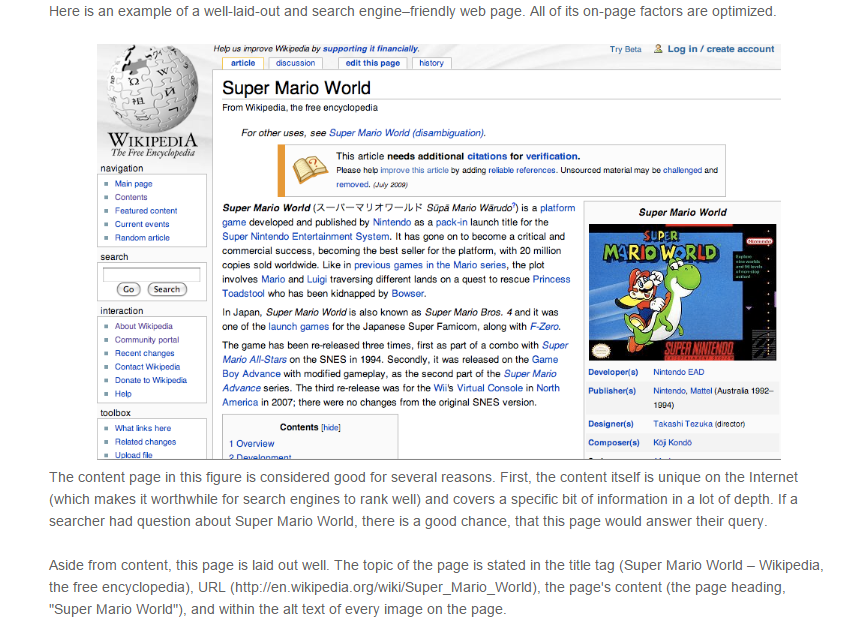
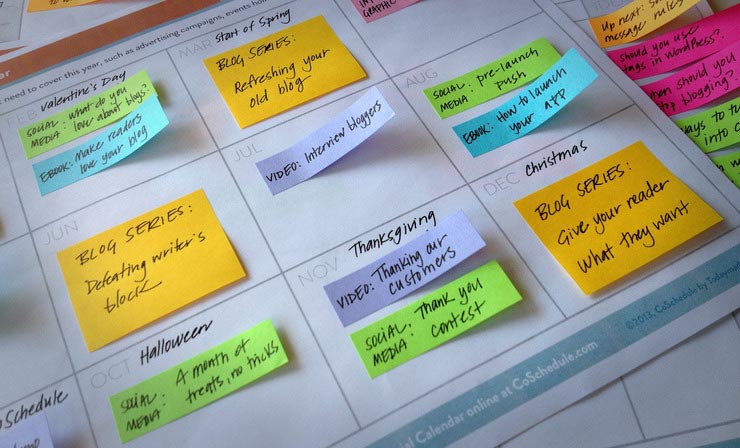



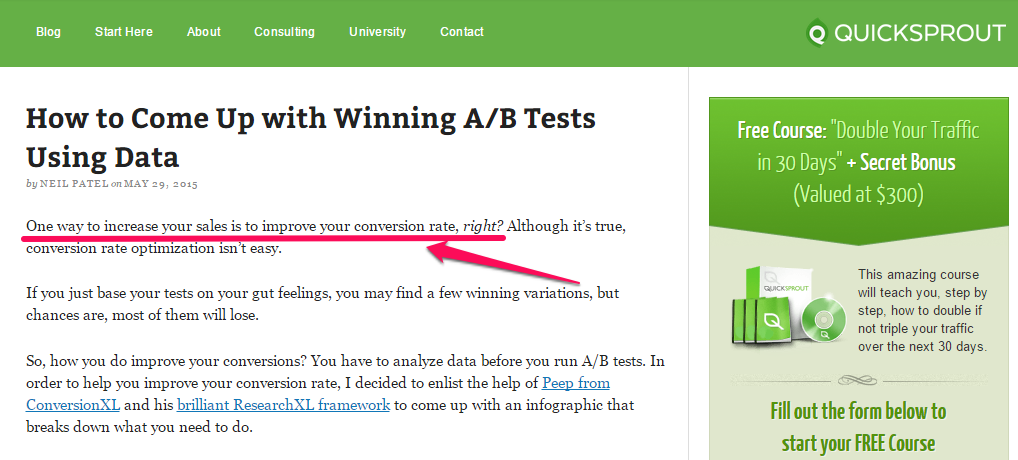






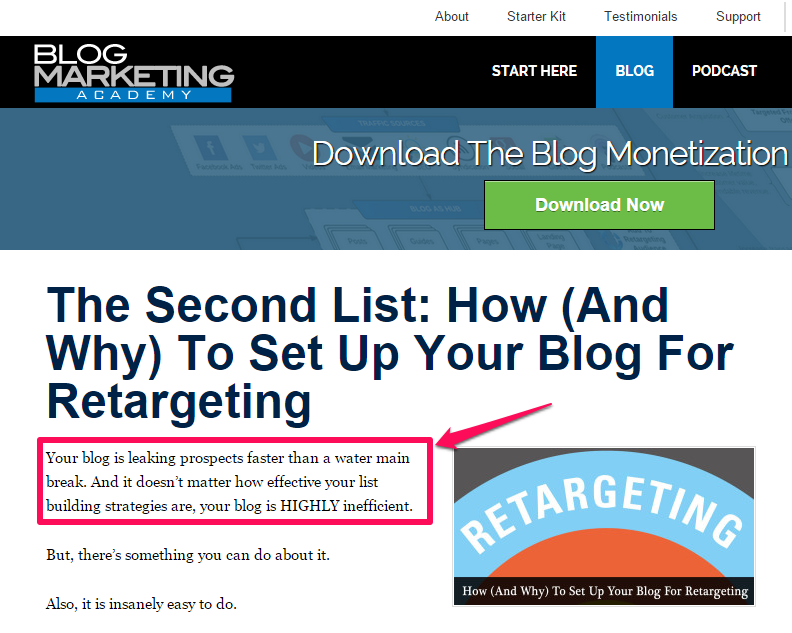

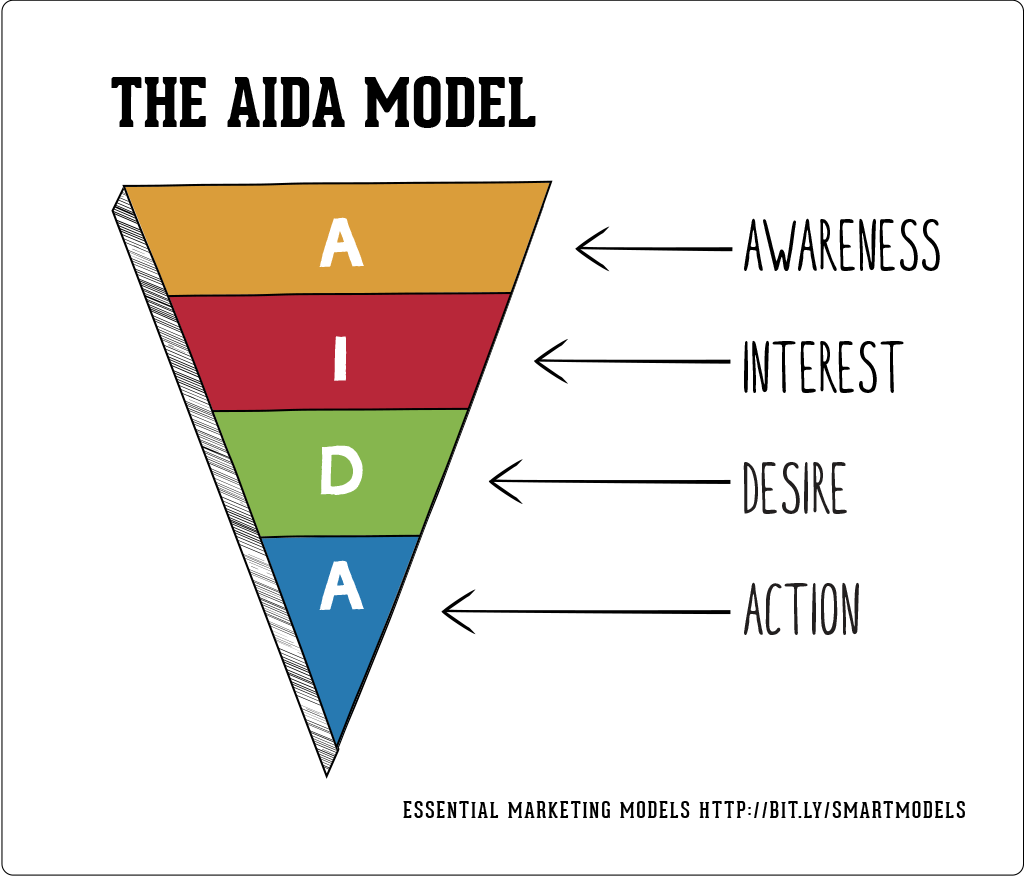
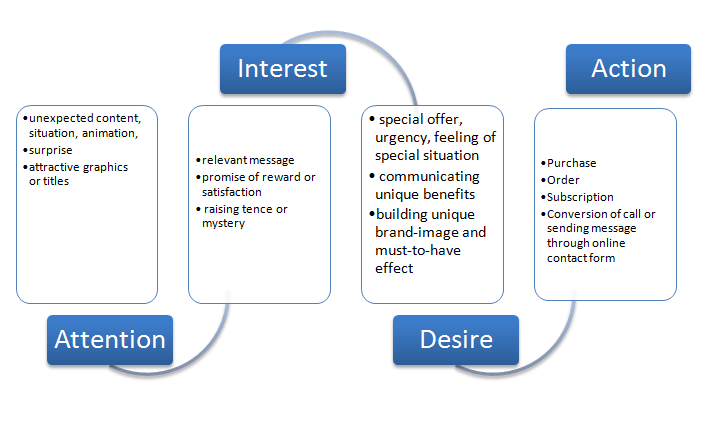
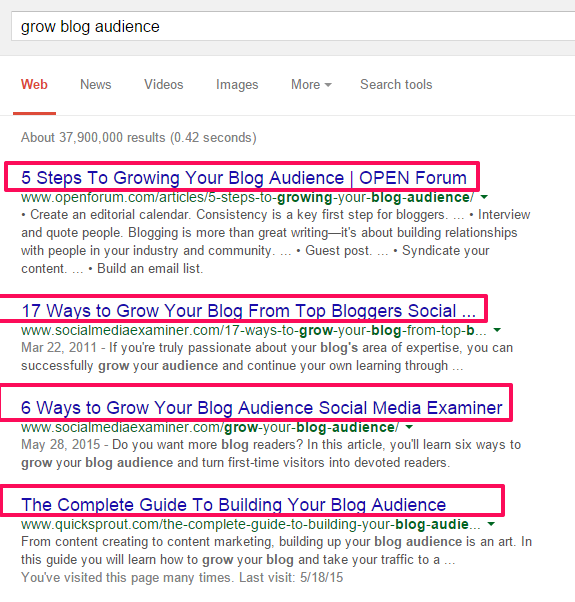

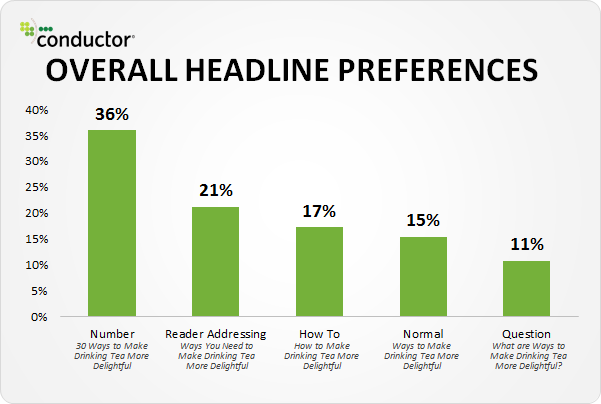



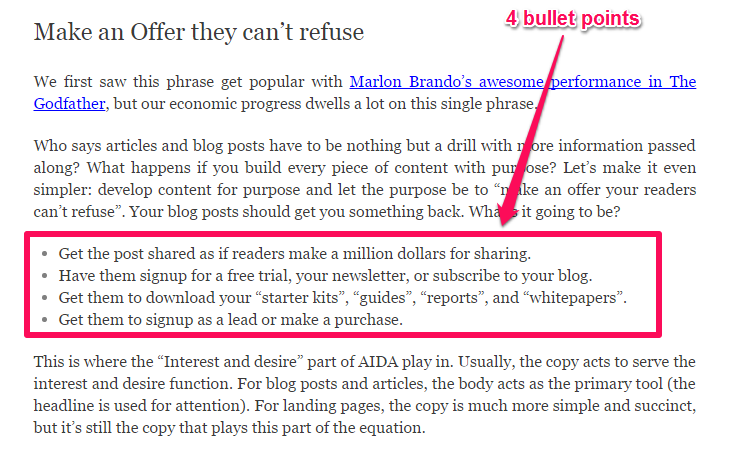





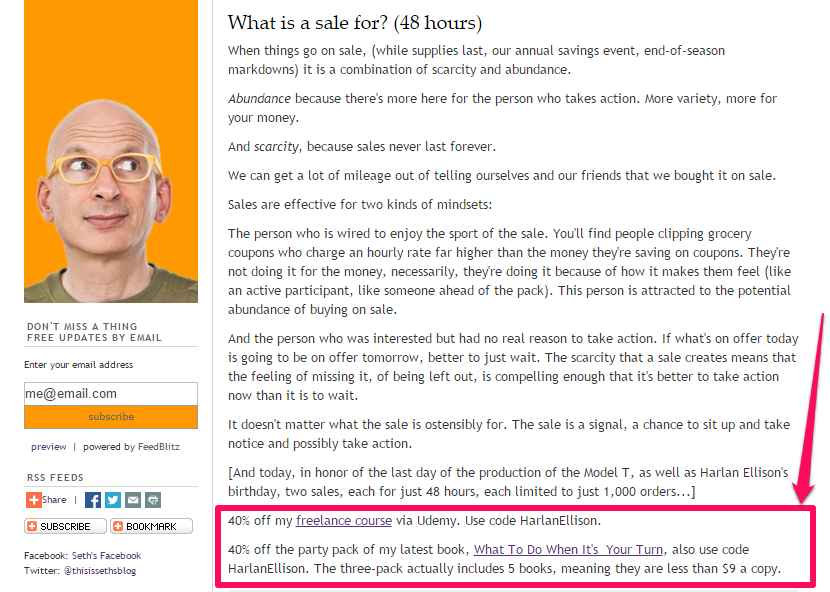


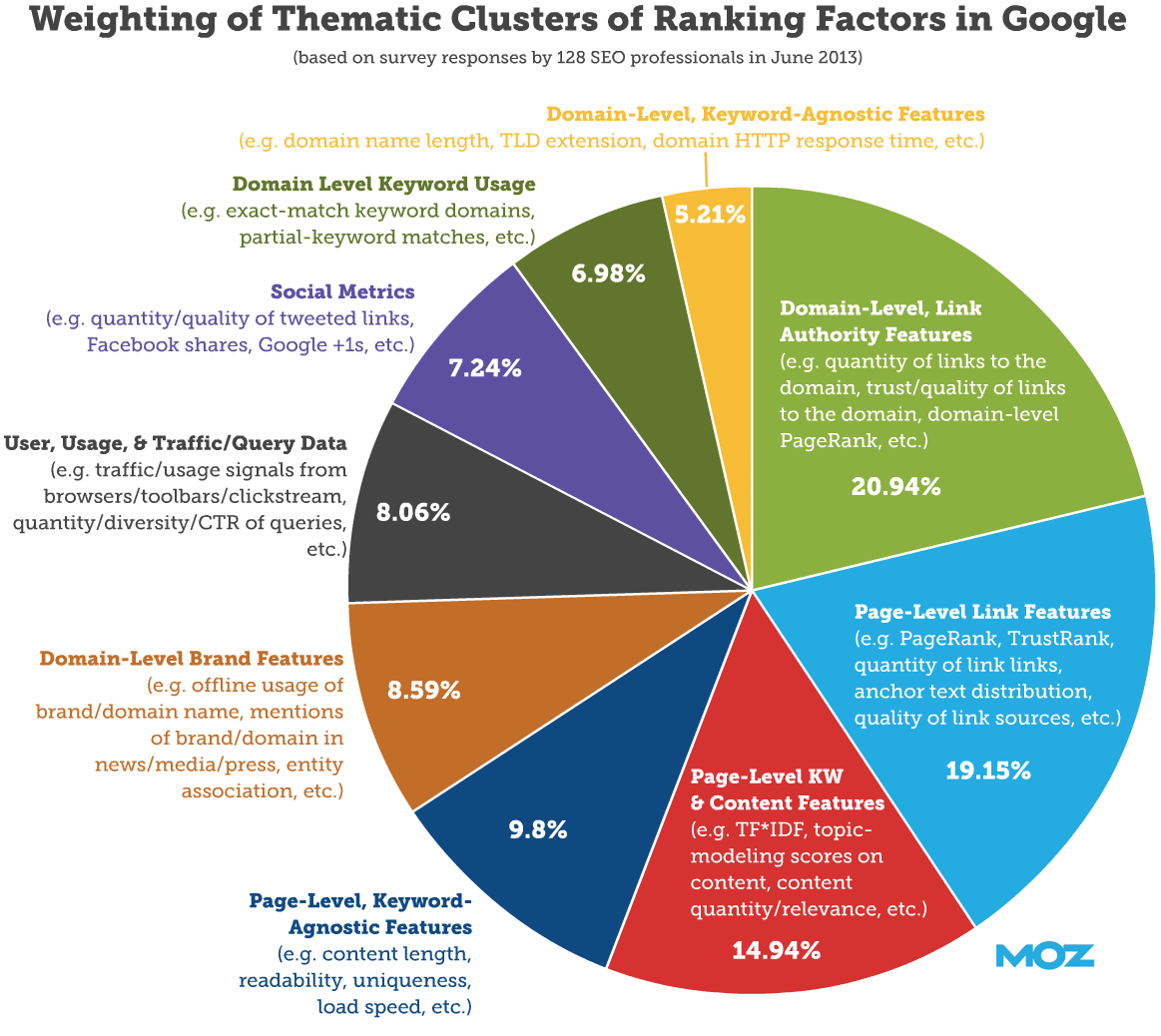









Comments (402)